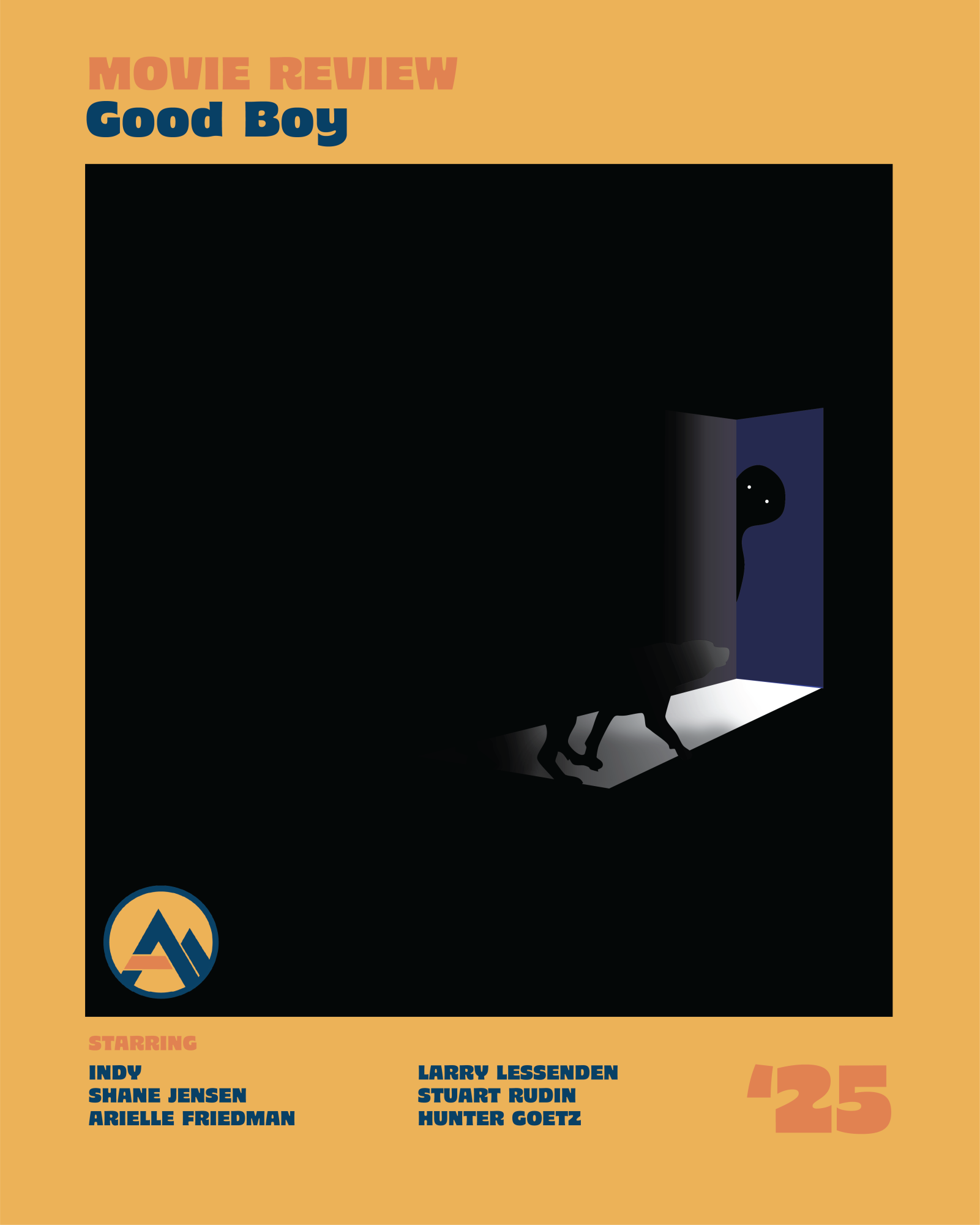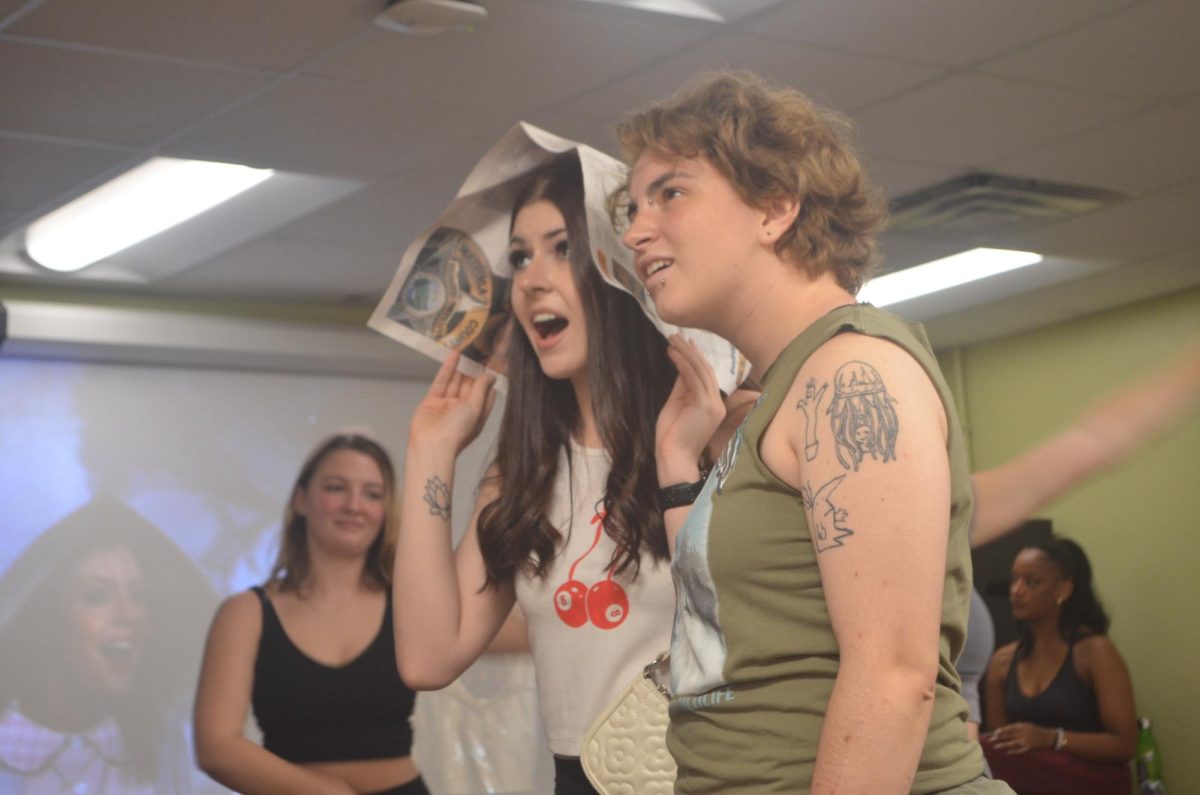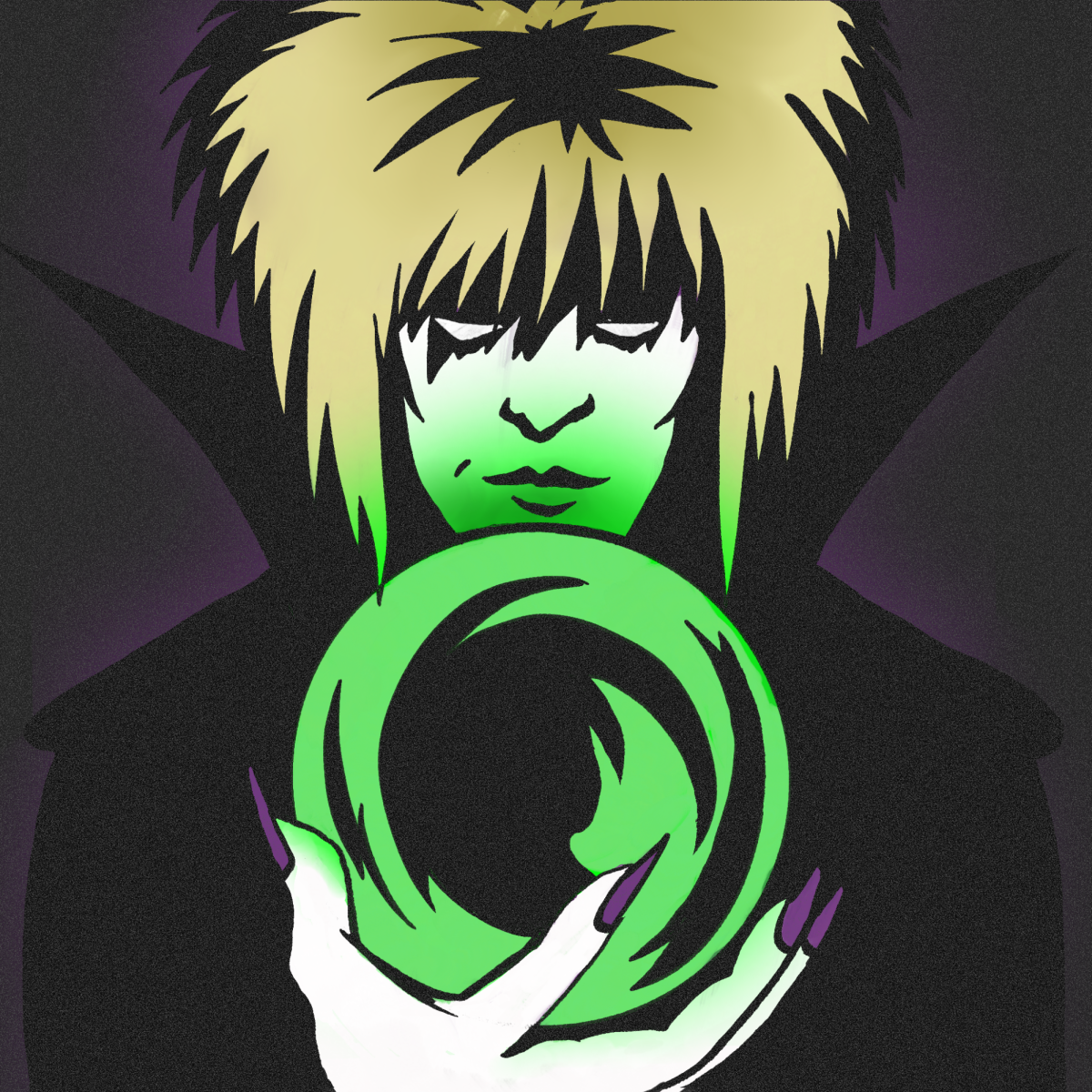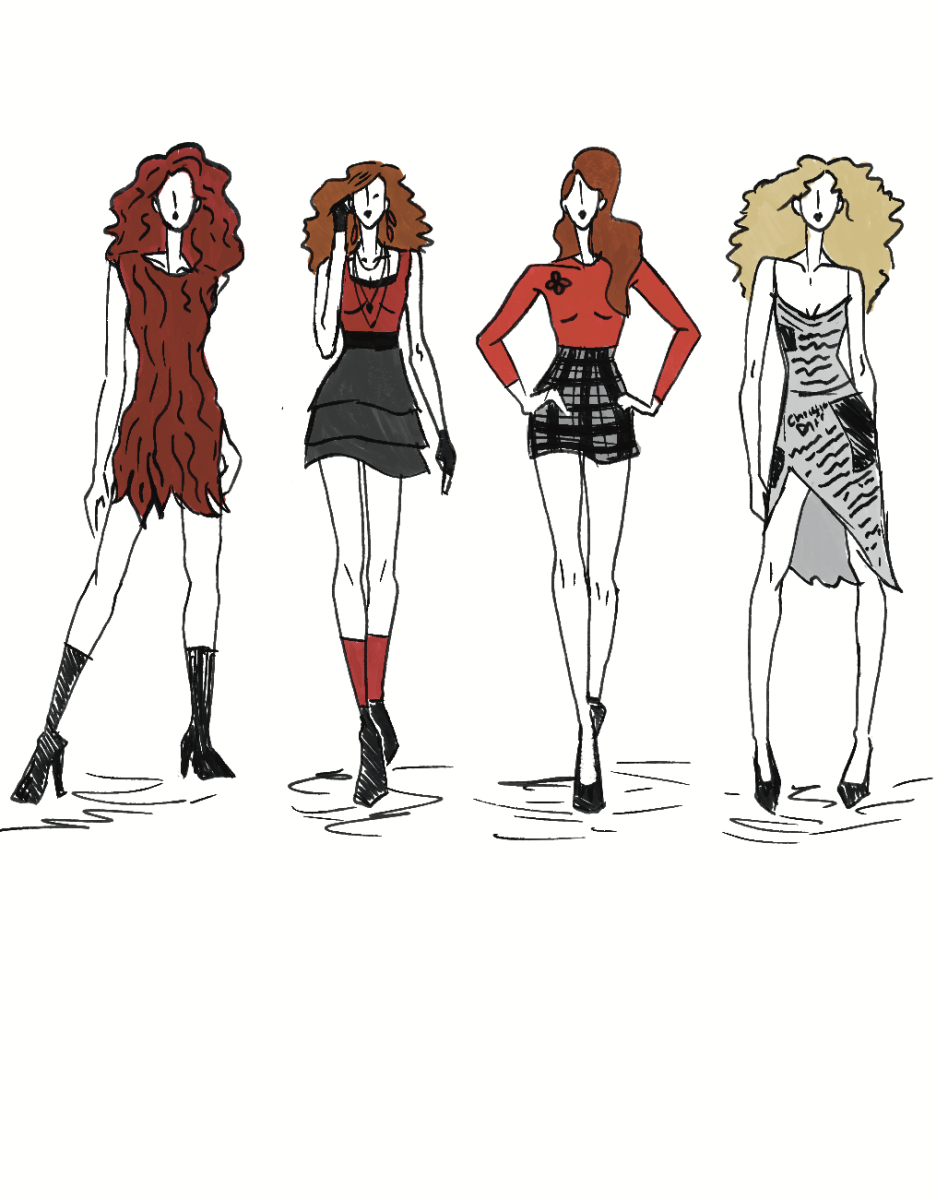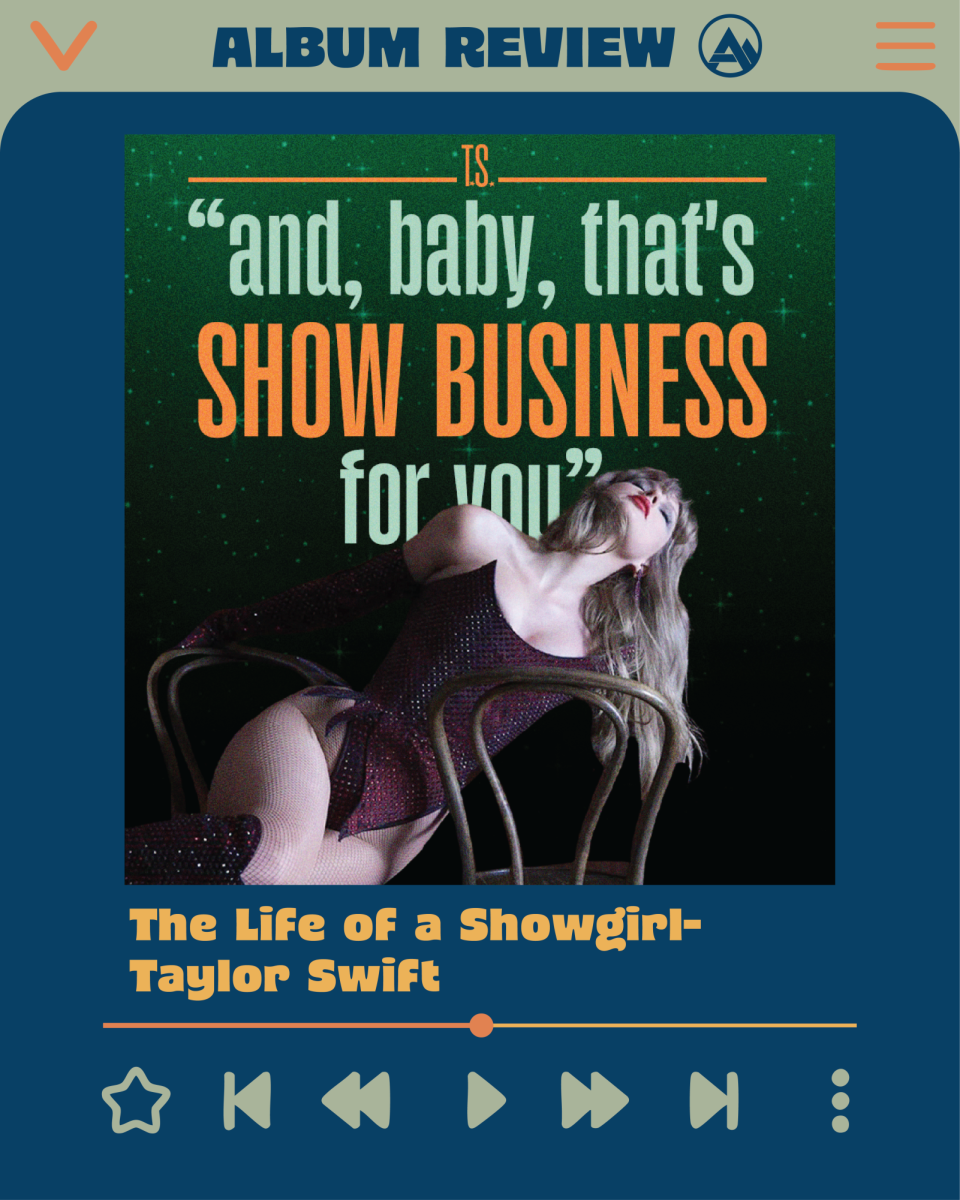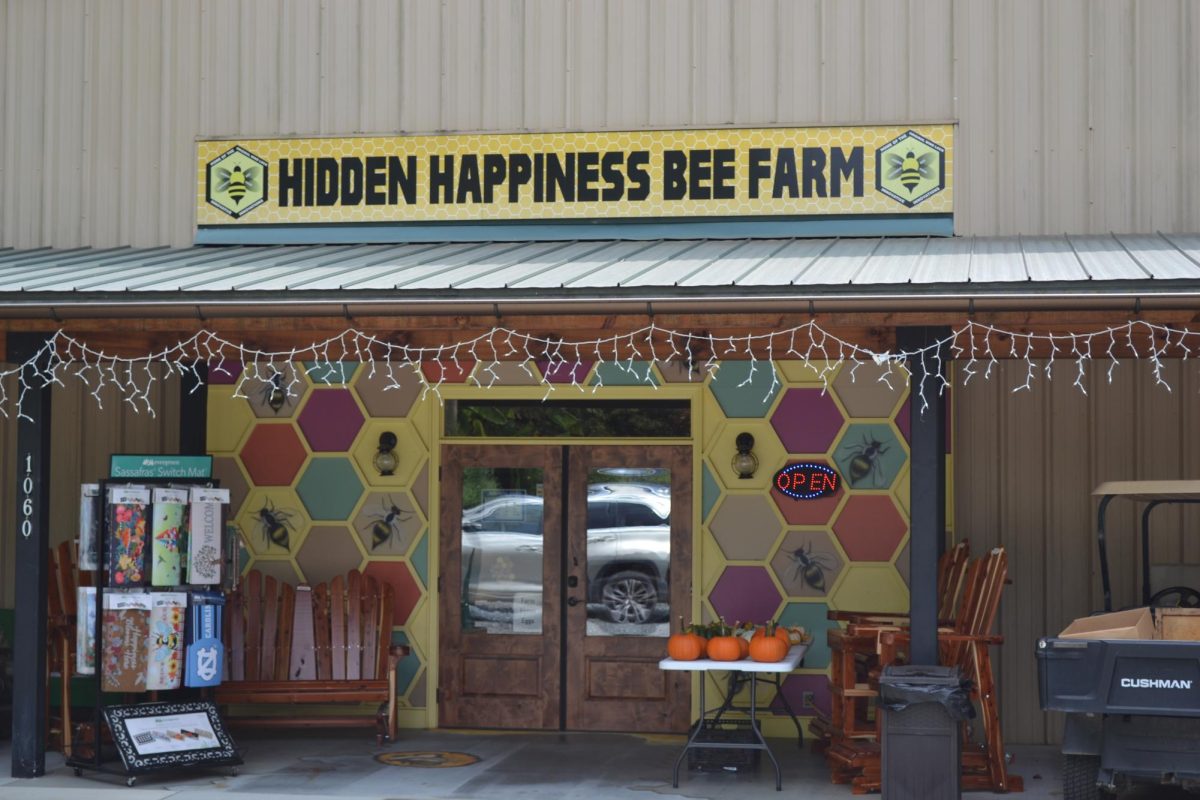Horror movies have traditionally been told through the eyes of humans, mythical creatures and even ghosts. “Good Boy” tells another story, through the eyes of a dog named Indy.
“Good Boy” was released on Oct. 3 by Independent Film Company and was projected to conclude its opening weekend with a 3-day domestic total of $2.25 million from 1,650 theaters. Directed by Ben Leonberg and producer Kari Fischer, the owners of Indy, the film reframes the horror genre by replacing human terror with a canine perspective.
The film begins with Todd, Indy’s owner, who Indy watches grow weaker from illness — something he senses but cannot comprehend. Leonberg uses subtle sounds and direction to show Indy’s confusion and loyalty to Todd, all without any dialogue. The audience sees Todd only through his voice and movements, never a full view of his face.
The relationship between Todd and Indy is established through these beginning scenes, particularly those showing Indy as a puppy and his early moments with Todd. Indy is accustomed to their life, sleeping beside him, resting on the couch and listening to his voice. These early moments in the film define the bond they share together.
“When you see Indy and Todd together, the love is real because Indy is my dog,” Leonberg said in an interview after the film. Instead of hiring an actor for Todd, Leonberg himself stood in for the role and utilized a voice actor, Shane Jensen, for the dialogue.
As the film progresses, Todd inherits a house from his grandfather, a place that once belonged to his grandpa, and his dog, Bandit. Old photographs and Todd’s grief unsettle Indy. The audience experiences the house through the same perspective as Indy, who sees it as an eerie and unsettling place.
Indy picks up on Bandit’s lingering scent and cautiously moves from room to room. Indy can’t understand these connections with Todd’s past, and Leonberg captures this disorientation through Indy’s pacing and slow movements. The audience, alongside Indy, is searching for something that may or may not be there.
“The emotion the audience feels doesn’t come from Indy. It’s coming from the audience,” Leonberg said during an interview after the film.
The climax of the film builds when Indy encounters moments of quiet horror, hearing mysterious sounds and nightmares involving Bandit. A recurring supernatural figure, skeletal and dark, appears to Indy as Todd’s illness worsens. The dog’s dreams reflect his struggles of understanding life, including Todd’s sickness and Bandit’s presence.
Through slow and deliberate camerawork, Leonberg uses these scenes to create tension. As Todd continues to deteriorate, he can no longer respond or protect Indy. The same activities they experienced together before, now take place in silence. Todd stops speaking to him, his movements are now sluggish, and Indy’s confusion replaces the comfort he once felt in his presence. The camera follows Indy throughout the house, as he explores each room searching for something unknown.
Indy instinctively realizes that Todd has died, nudging his hand, whimpering and pacing. His loyalty to Todd compels him to drag his lifeless body into the basement, where he later finds Bandit’s remains waiting. As Indy glances back and forth from Bandit’s remains to Todd’s body, Leonberg hints at Todd’s grandfather’s death and how Bandit met a similar fate. The film has no clear conclusion, ending with Indy being rescued from the basement.
The presence of the supernatural can be understood as a metaphor for this loss and emptiness. The relationship between Todd and Indy is a large anchor of the film, the loyalty and devotion to one another. Leonberg’s unique direction on visual storytelling is shown through Indy’s movements. The frame and camera are set at low angles that mirror a dog’s perspective, and rather than manipulate the audience through emotion and dialogue, the visuals have the ability to speak for themselves.
Indy, an eight-year-old retriever mix, was not specifically trained to act for this role.
“We filmed for over 400 days, over a three-year window with just me, Kari and Indy, filming with him in this house,” Leonberg said.
In scenes where viewers may believe Indy is distressed, he is instead only reacting to sounds that Leonberg is creating behind the scenes.
“One of the oldest cinematic tools is called the cool shop effect, it allows filmmakers to create emotion in an otherwise neutral shot just by juxtaposition,” Leonberg said.
By framing the story through Indy’s perspective, the film explores death and horror as a reflection of how living beings handle loss without words. It suggests that fear does not lie in death itself, but in our inability to understand it. Indy’s instinct and loyalty to Todd symbolize how love goes beyond logic. “Good Boy” reveals that what we fear most is not supernatural, but the silence when love is gone.
“Just like the uncomplicated love between Todd and Indy, Goodboy was built on a core anxiety that I think every dog owner can relate to — who hasn’t wondered why their dog is staring at nothing or barking into an empty corner,” Leonberg said in an interview following the film.

